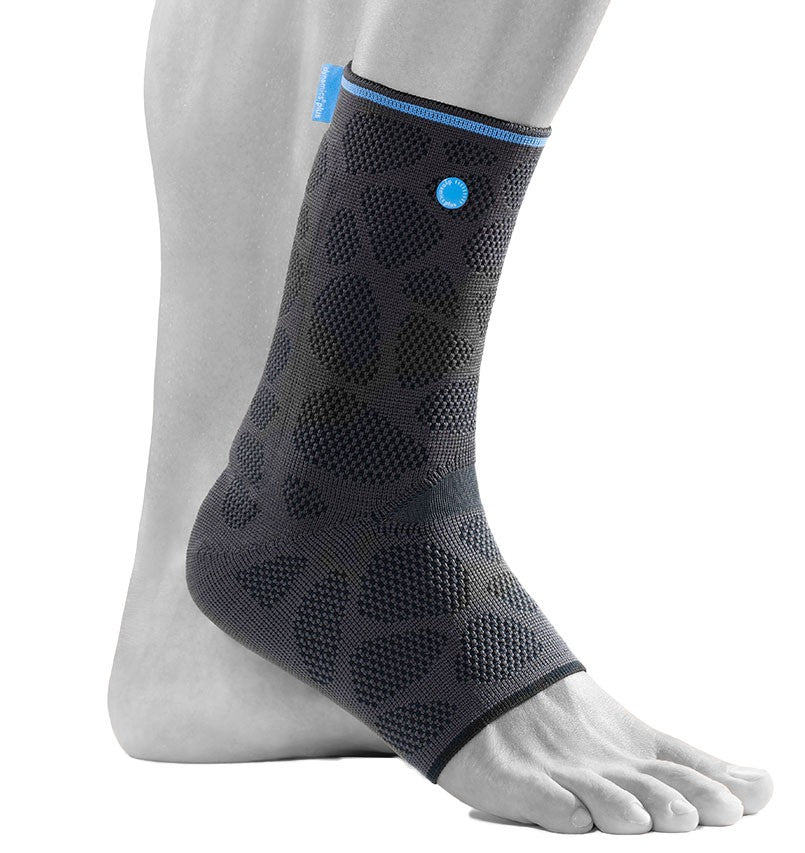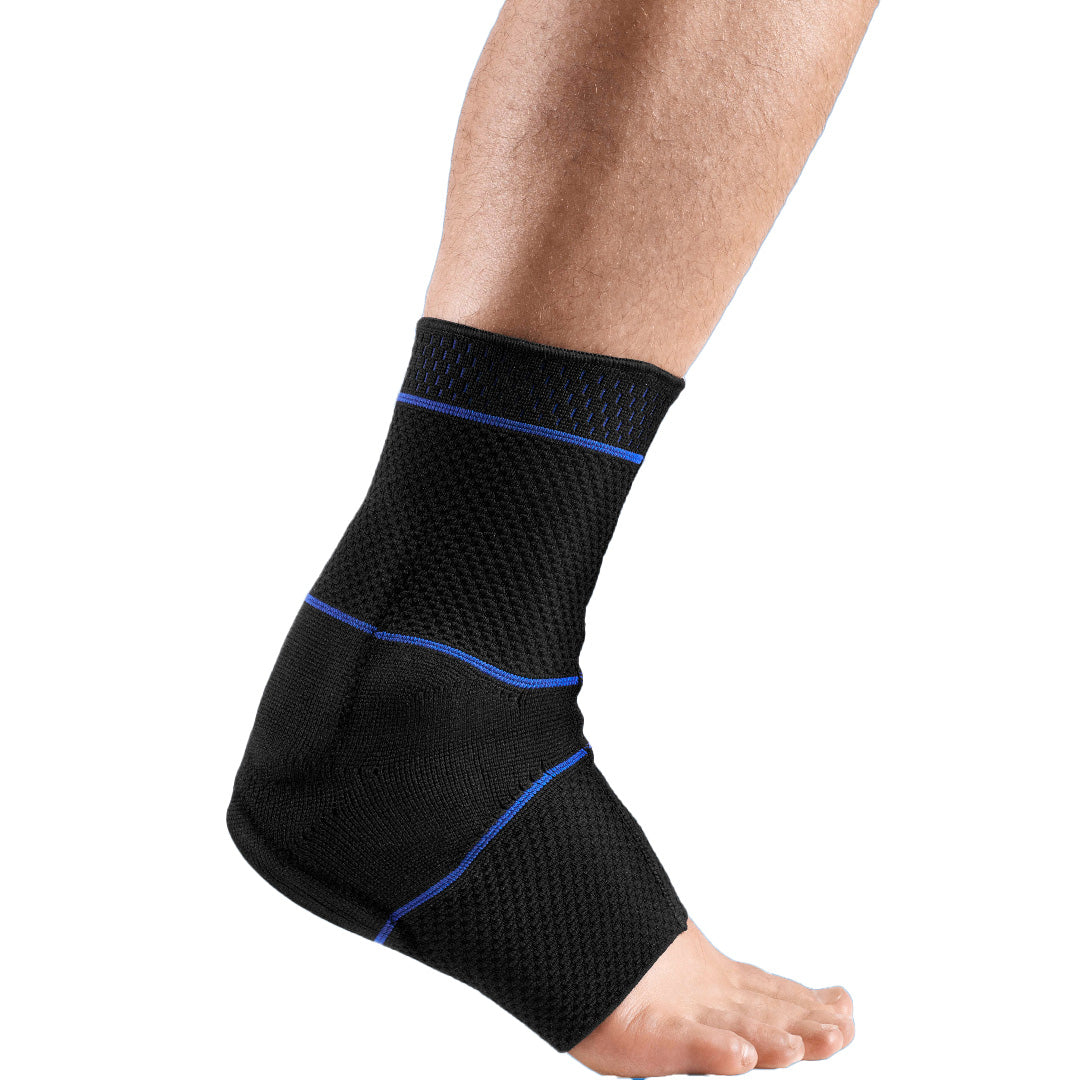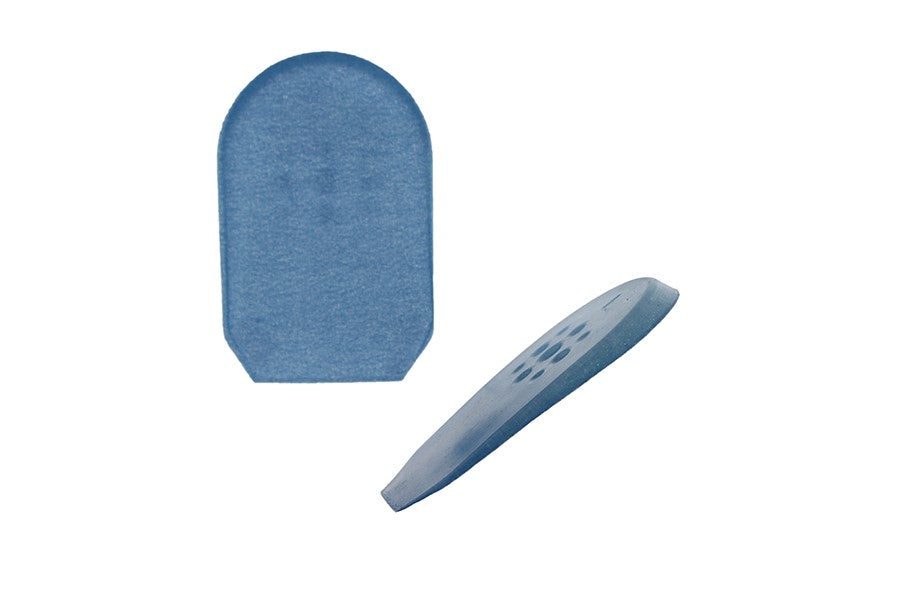Achilles tendonitis is a common overuse injury that affects the Achilles tendon, the body's strongest tendon. The pain often occurs with increased exercise but can also occur with everyday stress.
What is Achilles tendonitis?
The Achilles tendon connects the calf muscle to the heel bone and is used with every step. With heavy or prolonged use, the tendon can become irritated and inflamed. The problems usually occur in the middle of the tendon but can also occur in the attachment at the heel. Achilles tendonitis often leads to stiffness, swelling and pain that worsens with activity.
Symptoms
- Local pain and tenderness along the Achilles tendon
- Stiffness and trouble starting, especially in the morning
- Swelling around the tendon, sometimes with redness and warmth
- Pain that increases with exertion
- Creaking sensation or sound when moving
- Rest pain in long-term inflammation
Common causes & risk factors
The most common causes are overload through increased training volume, intense activity or lack of recovery. Anatomical factors such as overpronation of the foot can also contribute because it causes the Achilles tendon to work sideways. Inappropriate shoes and hard surfaces can also increase the risk.
When should you seek medical attention?
If pain persists, difficulty putting weight on the foot, or if the symptoms do not improve with rest and weight-bearing, you should contact your healthcare provider. It is especially important to get an assessment for long-term or recurring problems.
Recommended protection & support
There are several effective aids to relieve the Achilles tendon and speed up recovery. A pronation insole can counteract misalignment in the foot and reduce lateral load on the tendon, while an Achilles tendon wedge relieves the load by reducing the tendon's working area and often provides immediate pain relief. An Achilles tendon orthosis combines the heel wedge's relief with compression, which both reduces swelling and provides extra support. Physiotherapy in the form of individually adapted rehabilitation training is also an important part, as it strengthens the tendon and speeds up recovery. With the right support, relief and a gradual return to activity, the discomfort can decrease and the Achilles tendon can gradually regain its function.



